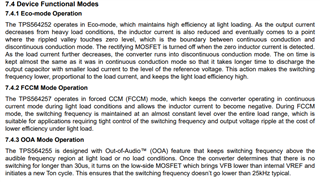Hi.
I am designing a power supply to charge multiple devices at the same time. I have a 12V 45W output laptop charger that provides the input to a power supply circuit that I am planning to design. The power supply circuit should provide 16 channels of output, each with an output voltage of 4.3V and 1A of current. This output is used to provide the input voltage and current to a charger IC (TPS4056 - configured to charge a single 4.2V Lipo battery with 1A charging current). The power supply should be able output on all 16 channels at the same time. I am thinking if I can design 4 buck converter circuits each providing 4.3V, 4A output. Then each buck converter circuit output will be split into 4 channels (in parallel), therefore providing a total of 16 channels.
I hope to get advise on a buck converter IC that would be suitable for my application as described above. Thank you in advance!


